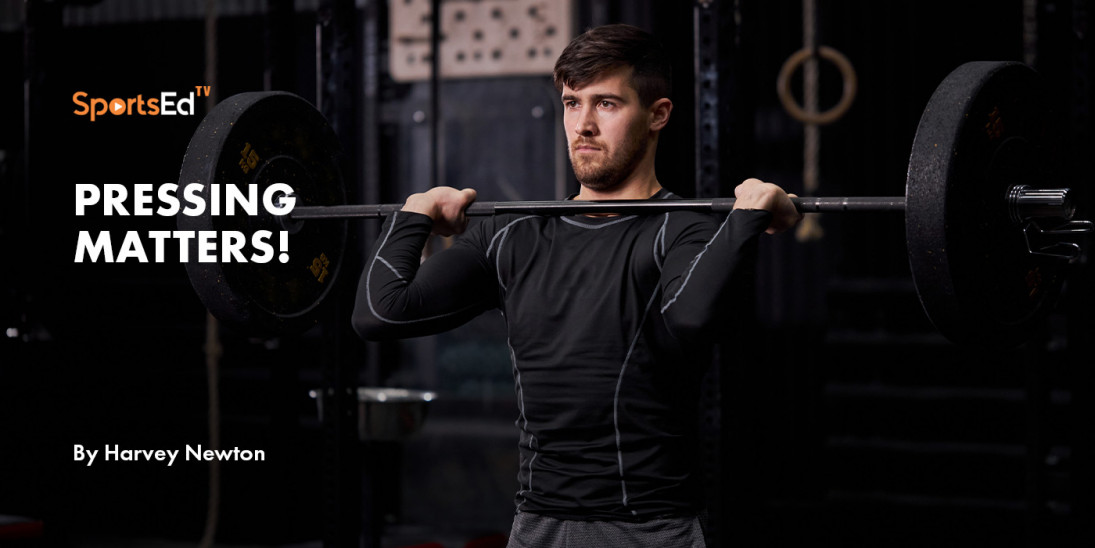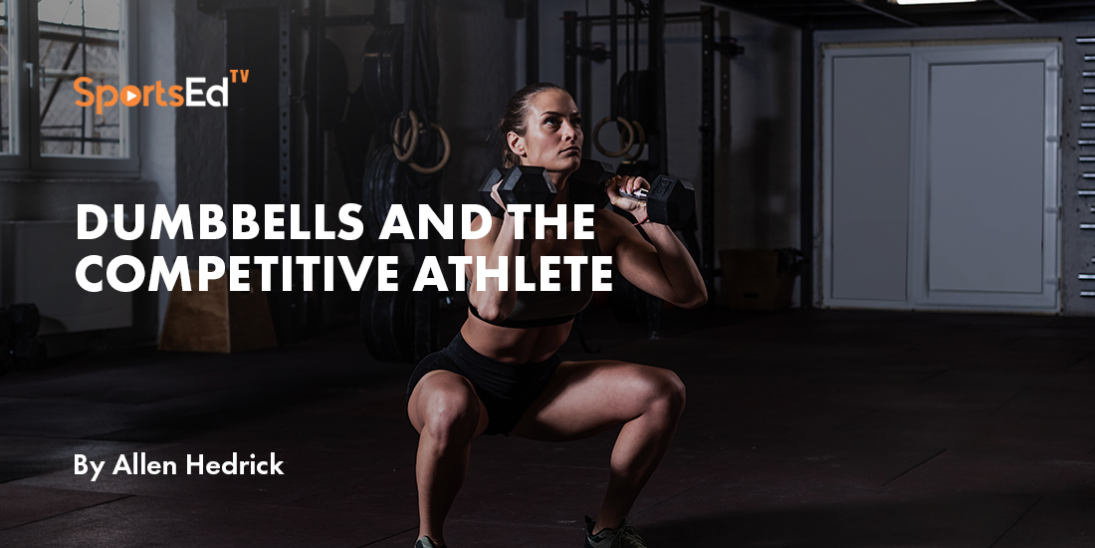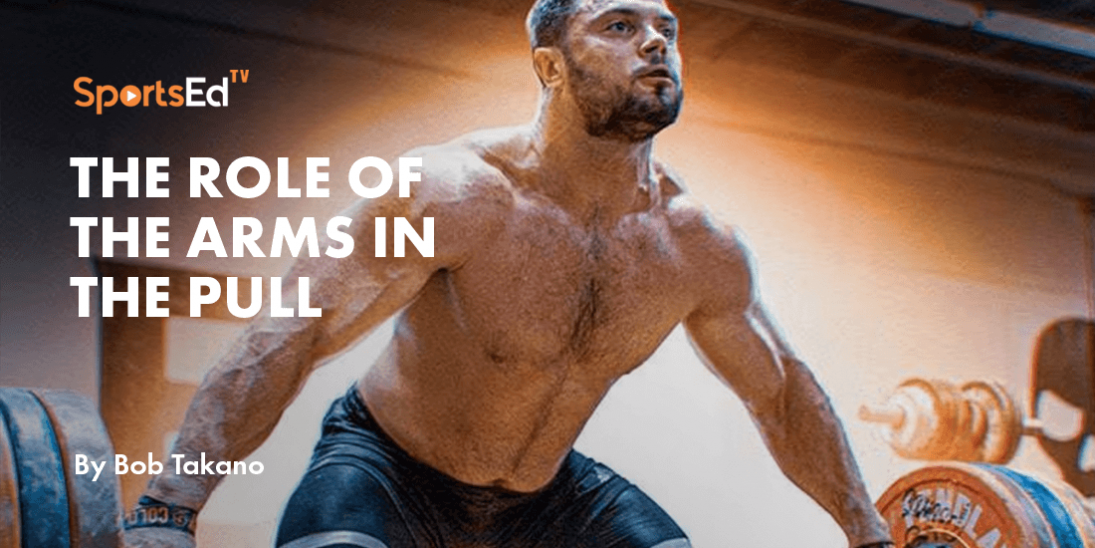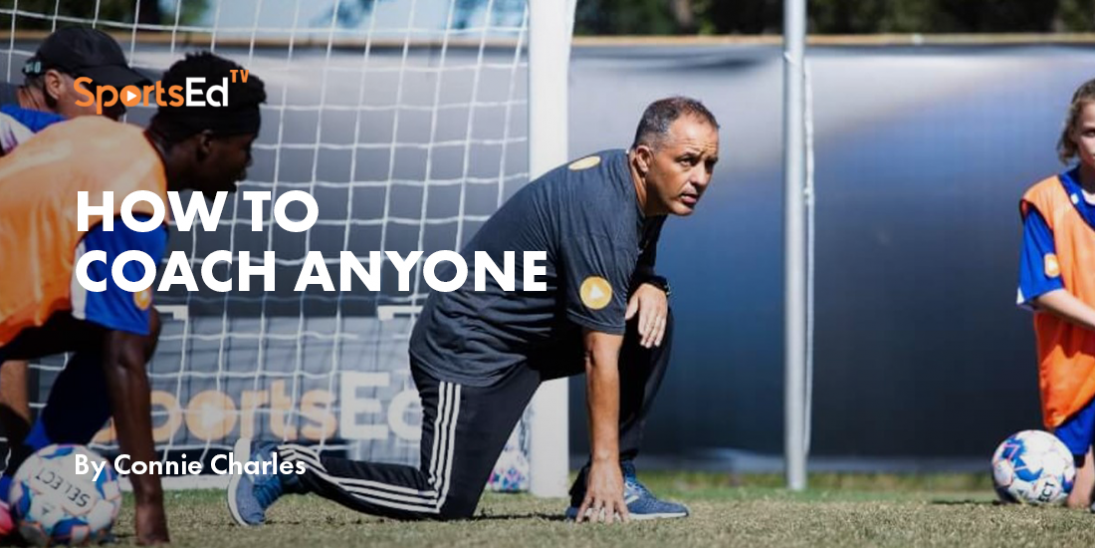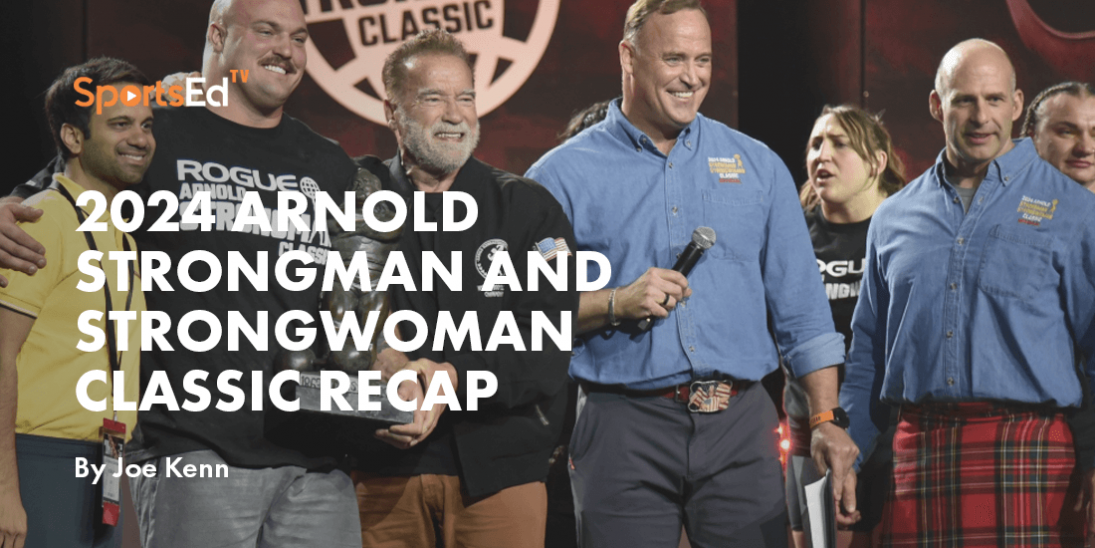Weightlifting
Welcome and thanks for visiting...

What Are Those Weightlifting Shoes
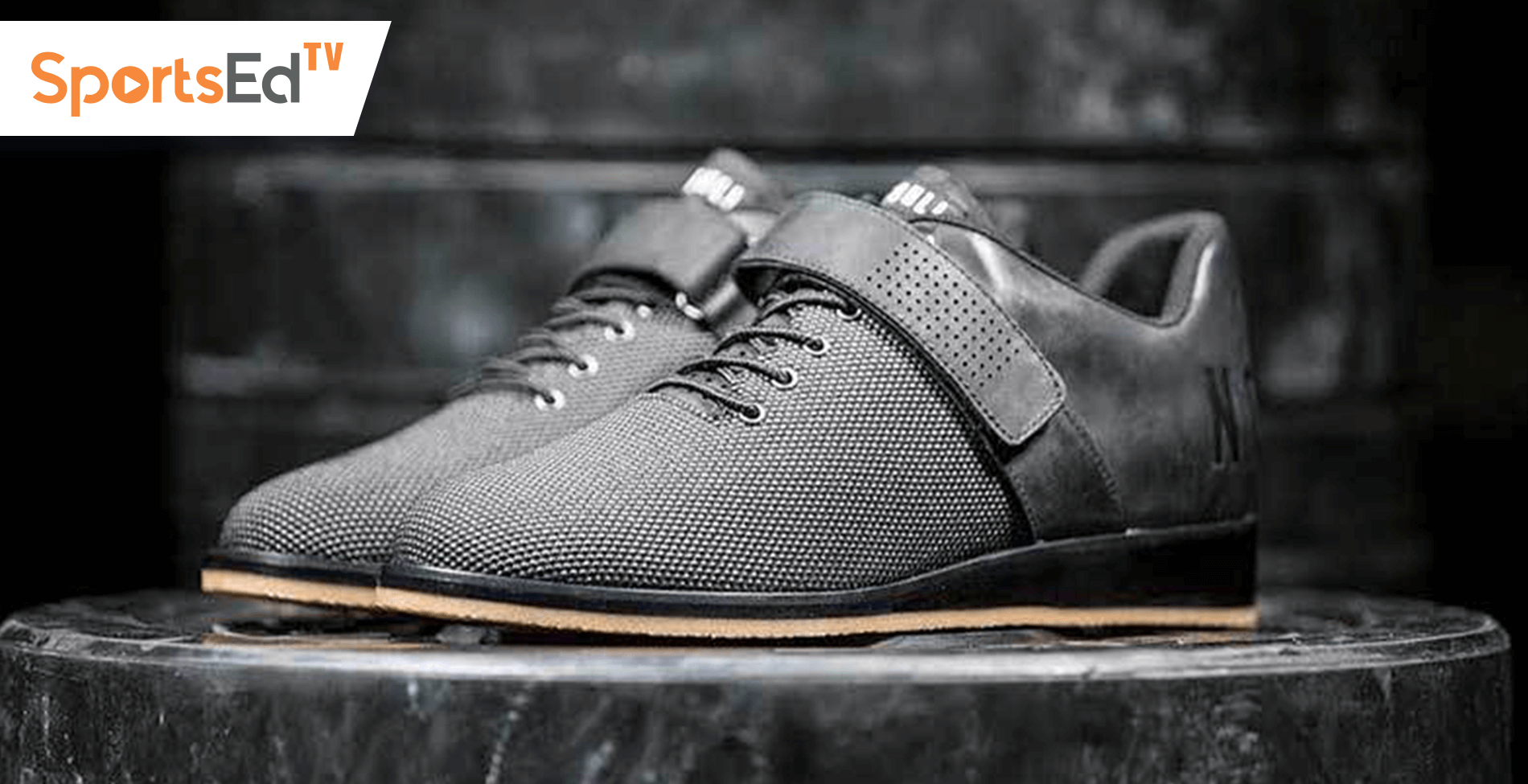
Do You Need Weightlifting Shoes? YES!
Every activity has its own specialized equipment. The shoes you wear to squat, snatch and clean and jerk are specialized and different from all other shoes, because the requirements to squat, snatch and clean and jerk are different from other activities. To best achieve effective weightlifting technique and maximal lifts, weightlifting shoes are required.
Which are the best shoes for weightlifting?
The techniques of weightlifting are best achieved with a shoe that is designed with weightlifting techniques in mind. Look for a firm-soled shoe. A shoe with a small heel. A shoe with a somewhat flexible forefoot. A shoe with a stable construction that encourages stability throughout the entire lift. These attributes in a shoe will encourage a beginner in weightlifting techniques and are imperative for an athlete with advanced weightlifting techniques.
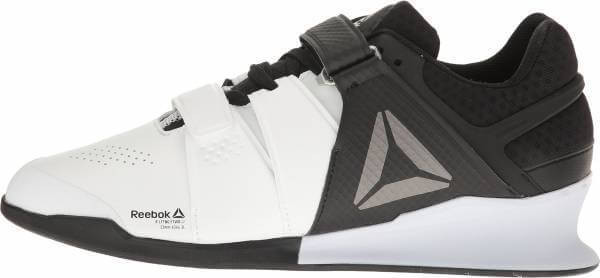
How about wearing powerlifting shoes?
No, a powerlifting shoe is not appropriate for weightlifting. Powerlifting does not require explosive strength, so the entire shoe will be stiff and lack the flexible forefoot necessary for a successful weightlifting technique.
Are shoes made for cross-training a good option?
The best shoe for any activity is the shoe made specifically for that activity. Designing a shoe to fit multiple needs requires much compromise, maybe too much if you are seeking to gain proficiency in any one of the areas. If your training involves a mix of running, rowing, gymnastics, lifting weight and rope climbs without time to change your shoes, you need a good durable flat soled sneaker. If you are seeking to gain proficiency in weightlifting, you need a weightlifting shoe.
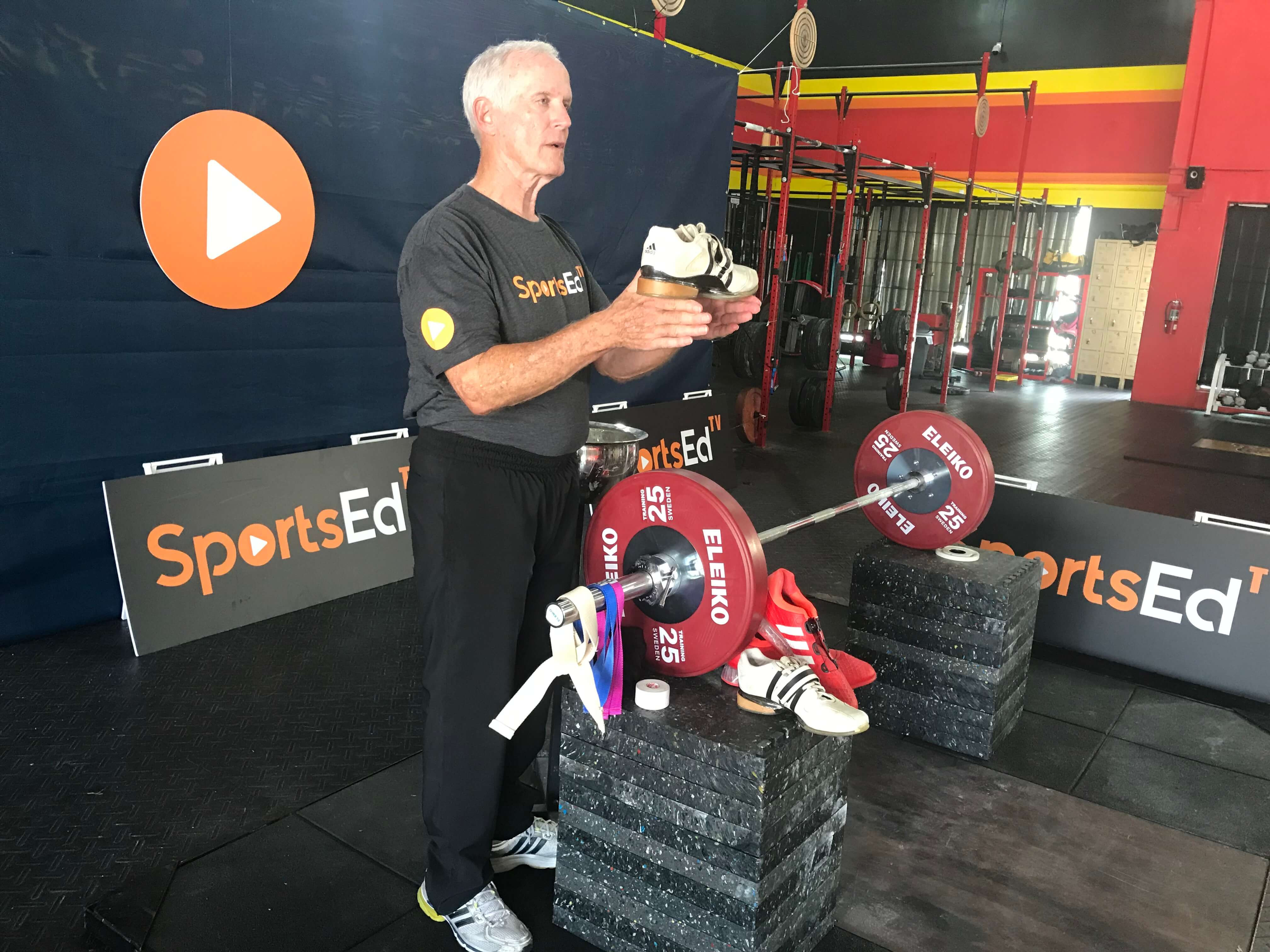
Do women need different weightlifting shoes than men?
Not necessarily. Women runners need running shoes that are different from men's due to the nature of the sport and to women’s relatively lighter body weight. Unlike a weightlifting shoe, the weight of a running shoe is of great importance. Runners take about 1700 steps per mile, and even a tiny increase in the weight of their shoes can be significant to their training. The weight of a weightlifting shoe is not nearly as significant as the need for stability, flexibility of the sole, and height of the heel. Find a weightlifting shoe that fits your foot, and you may also find a better weightlifting technique.
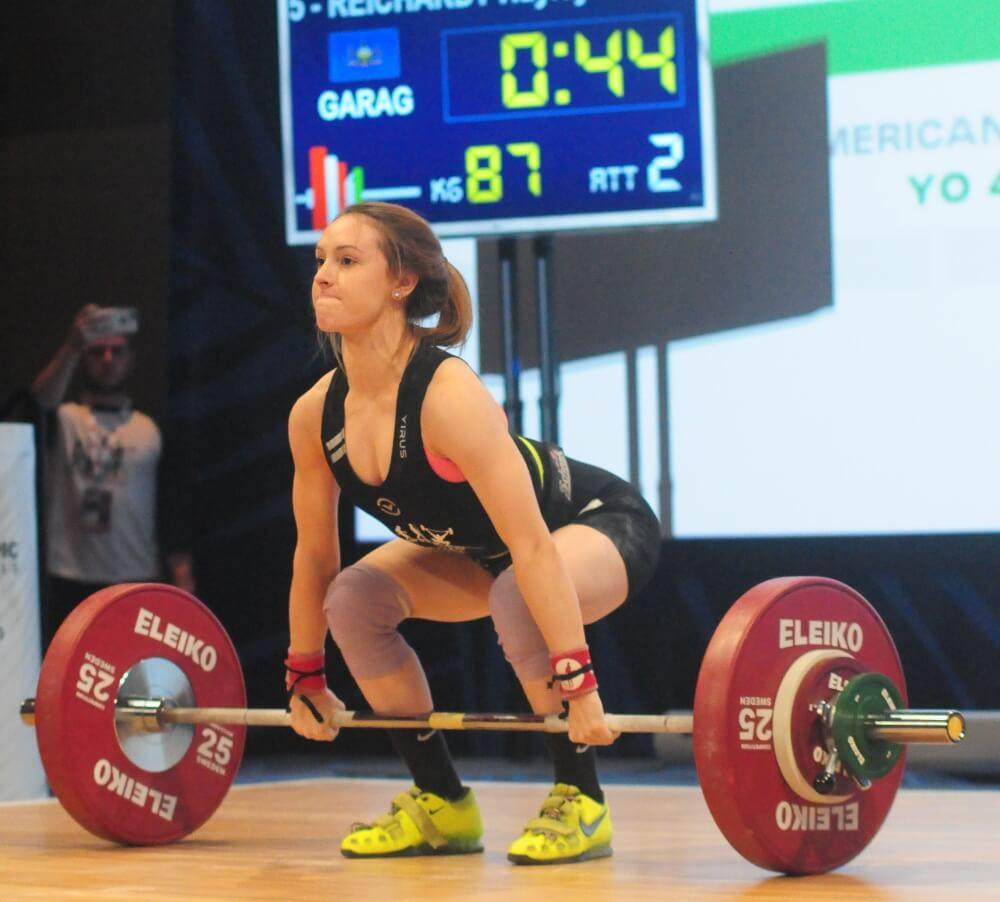
Do weightlifters wear socks?
Up to the athlete. A sock can add comfort, especially for the weightlifter who likes the feeling of being ‘stuffed’ into their shoe. Select a sock that adds comfort, does not change the way the shoe fits, and absolutely does not cause or allow for any slipping of the foot inside the shoe. Any slipping will adversely affect your weightlifting technique.
How many pairs of weightlifting shoes should I have?
One at a time. Not only because you only have one pair of feet, but also because it is best to wear the same pair to train and to compete. A well-built pair of weightlifting shoes should last many years. Buy the best pair for you! Not necessarily the most expensive.
Which is the best weightlifting shoe for me?
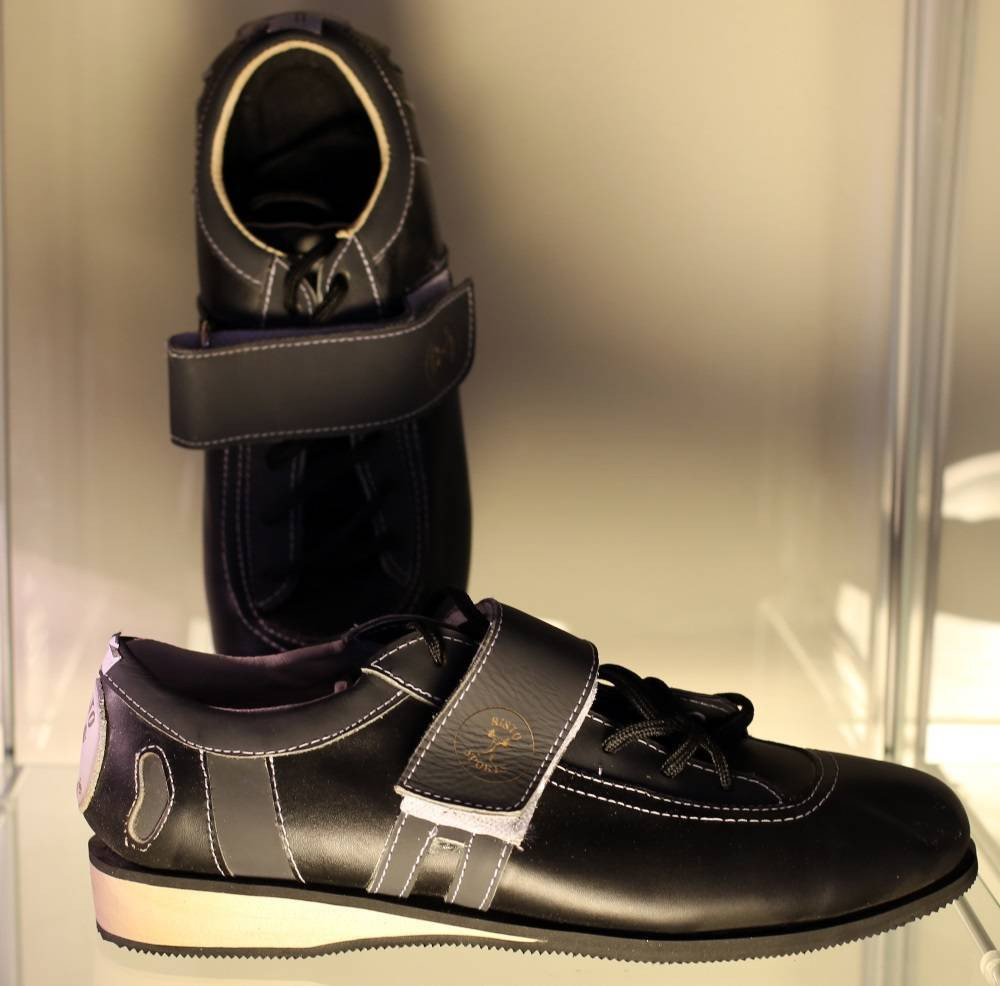
If possible, try before you buy! Look around your gym and ask other weightlifters. After a session completes at a meet, engage the other weightlifters in conversation about their shoes. If they had a good result on the platform, they will probably be very chatty. When you attend a USA Weightlifting coaching clinic, ask the instructor, as well as the other participants. Like bowling shoes, ask other athletes if you can try on their shoes.
What should a ‘good fit’ feel like?
You don’t need to train in shoes for a whole training session to know how they feel about you. Put them on, squat a little bit, and maybe perform one clean and one snatch. There should be no slipping of your foot inside the shoe, certainly no slipping of the shoe on the platform, flexibility in the forefoot to allow you to rise to your toes, a heel high enough to allow for the angle of your shin to be unimpeded and so that your ankle feels ‘uncrowded’, and an overall feeling of stability and connection to the platform, especially when in the bottom of the squat. A brand-new weightlifting shoe will feel different from a weightlifting shoe you’ve been wearing for training. As long as the structure of the weightlifting shoe continues to be in good condition, and you continue to feel secure and stable wearing them, you can expect a well-made weightlifting shoe to last many years.



